What Does Turning Off DNS Caching Do?
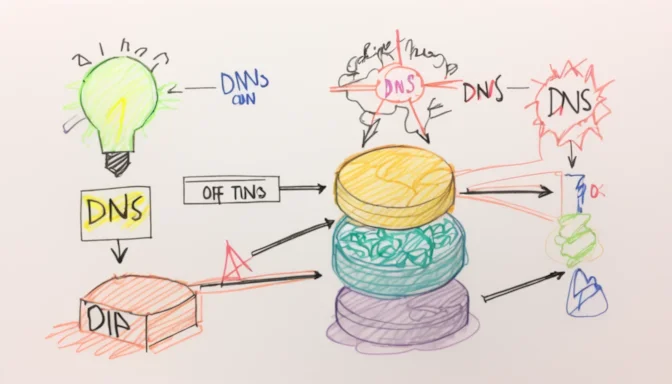
Turning off DNS caching will disable the DNS Client service, making DNS queries slower as the results will not be stored for future use. Additionally, the computer's full name will not be registered.
Difference Between DNS Cache and DNS
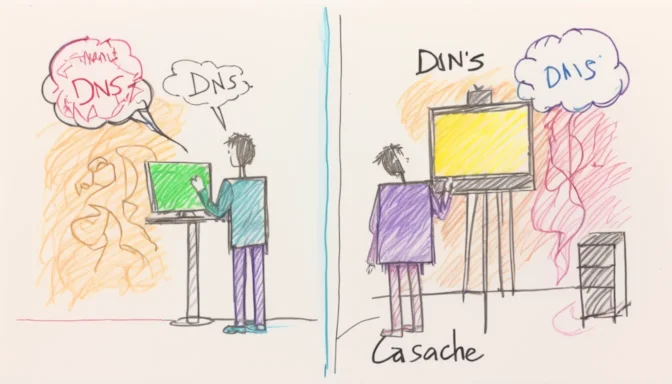
While DNS helps humans easily access web pages, DNS caching speeds up this process by storing DNS records locally for future use. DNS caching is essentially a speed-enhancement feature built on top of DNS.
Is DNS Caching Safe?
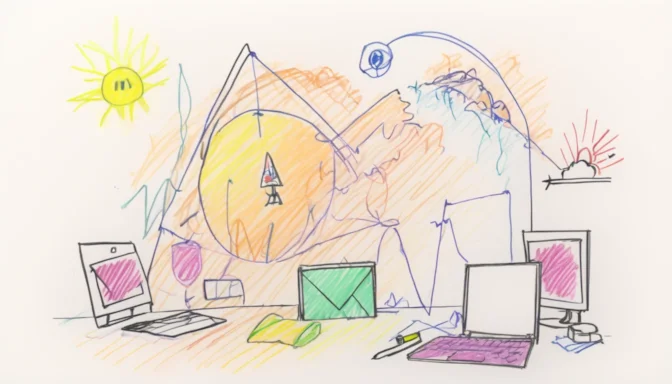
DNS caching generally improves speed, but it has risks such as cache poisoning, where attackers trick DNS resolvers into caching incorrect information. This can lead users to malicious websites.
How Long Does DNS Cache Last?

The lifespan of a DNS cache record, or its time-to-live (TTL), varies and can be set to last between 0 to 2592000 seconds. The default setting usually lasts for one day.
Should You Disable DNS Caching?
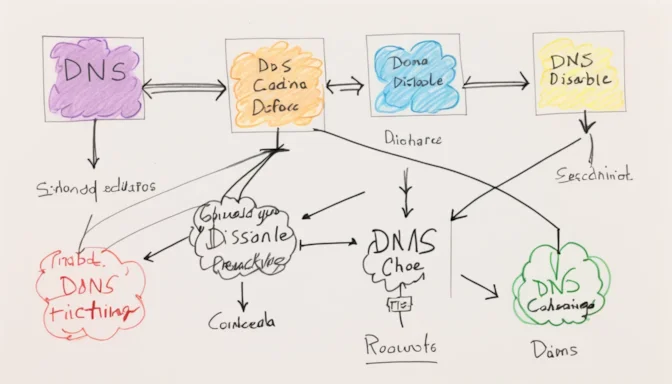
Microsoft does not recommend disabling DNS client-side caching. Doing so can slow down your browsing experience and may result in unsupported configurations.
Can Clearing DNS Cache Speed Up Internet?

After flushing the DNS cache, websites might load slower initially. However, browsing speed will generally improve as the DNS cache is repopulated with valid records.
Purpose of DNS Caching
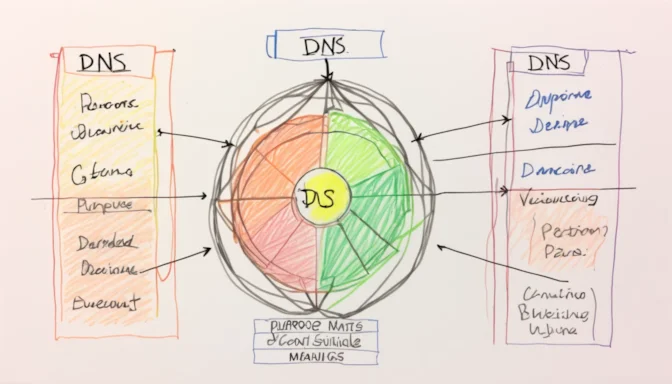
The primary purpose of DNS caching is to speed up DNS queries by locally storing DNS records. This reduces the time and resources needed for new DNS queries.
Does Clearing DNS Cache Delete History?
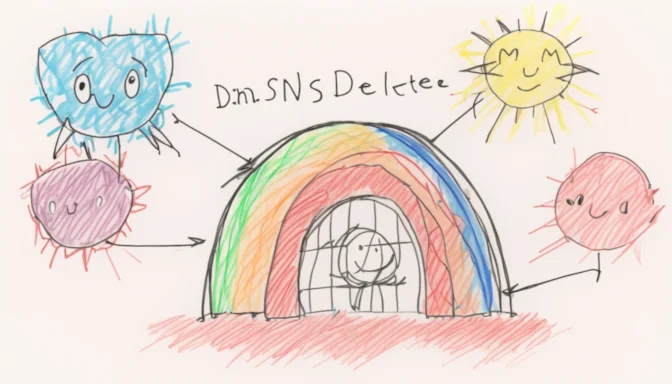
Clearing DNS cache does not remove any other browsing data like history, passwords, or auto-fill information. It solely clears the cache of DNS records.
How Often Should You Clear DNS Cache?
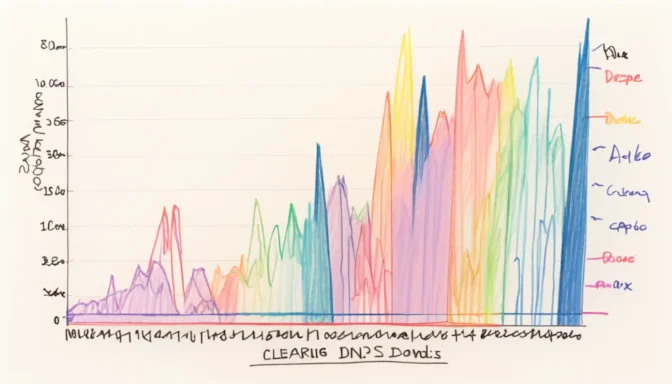
While there's no set frequency for clearing DNS cache, doing it periodically can offer a better browsing experience. DNS cache generally takes 15 minutes to fully clear.
Does Chrome Use DNS Cache?

Google Chrome maintains its own separate DNS cache. If you primarily use Chrome for browsing, it's advisable to clear Chrome's DNS cache in addition to the OS-level cache.
 E-Commerceo
E-Commerceo